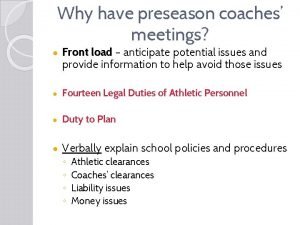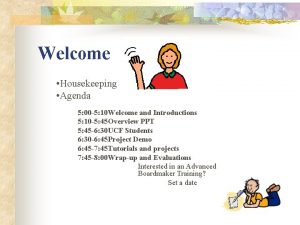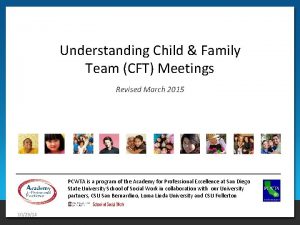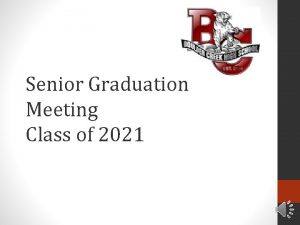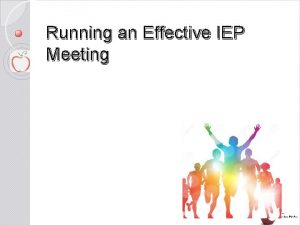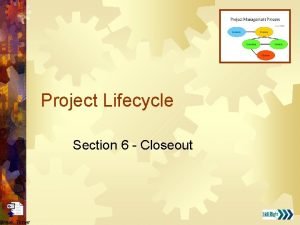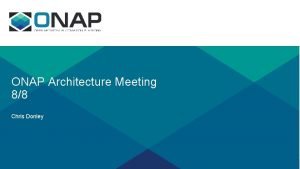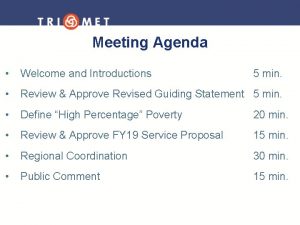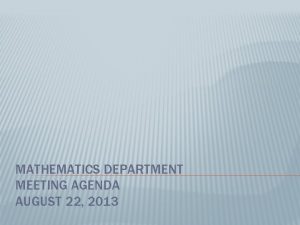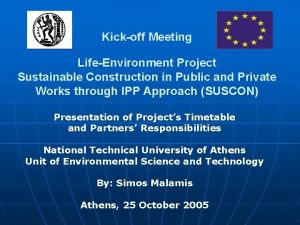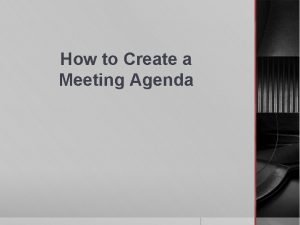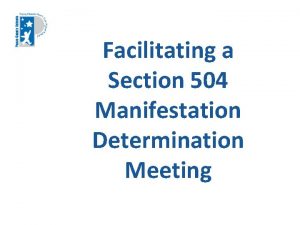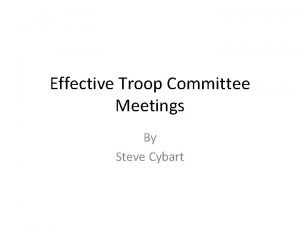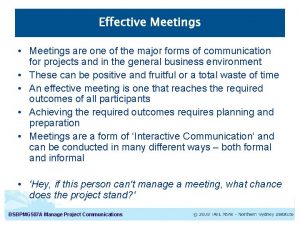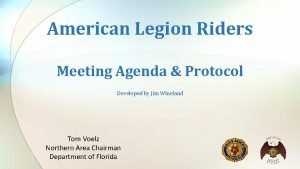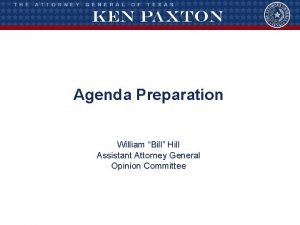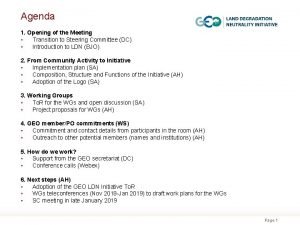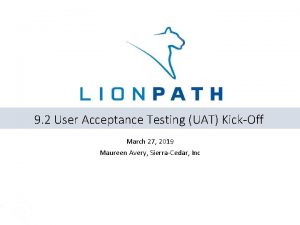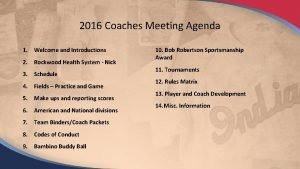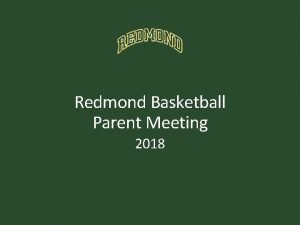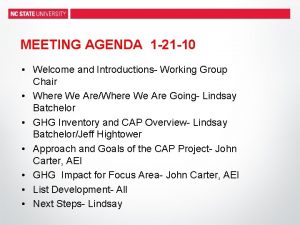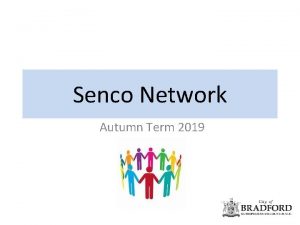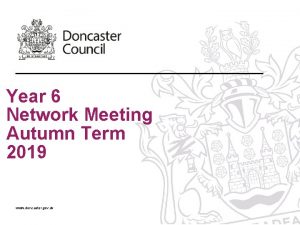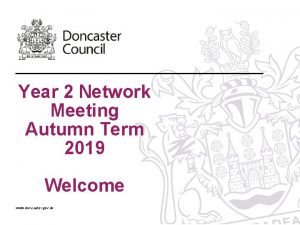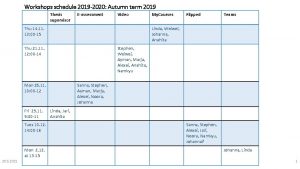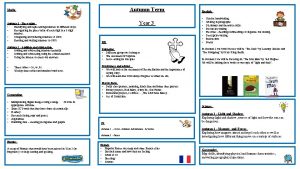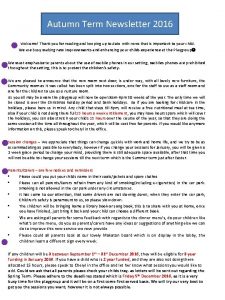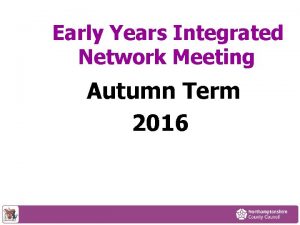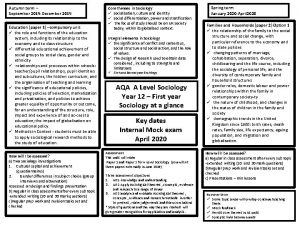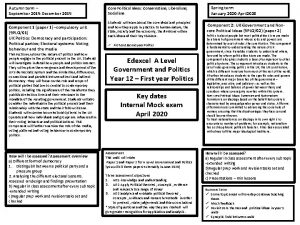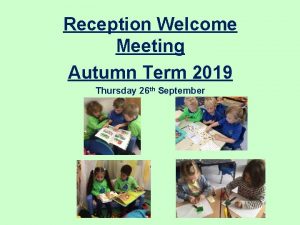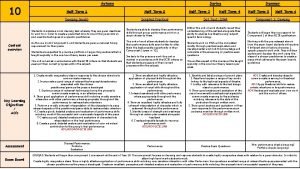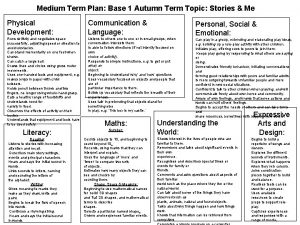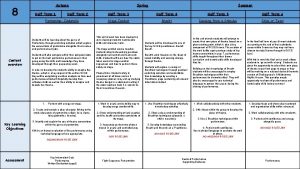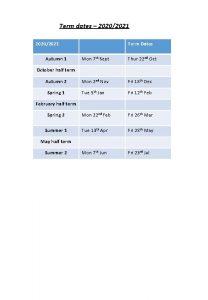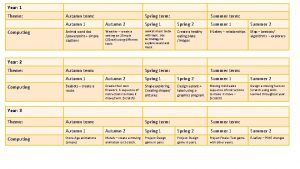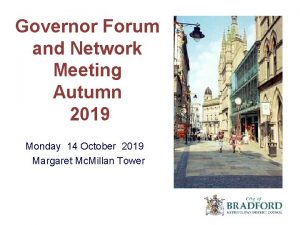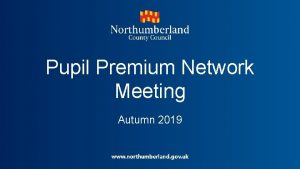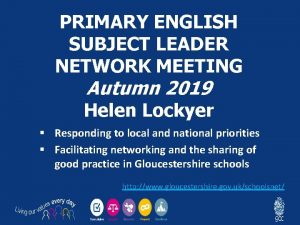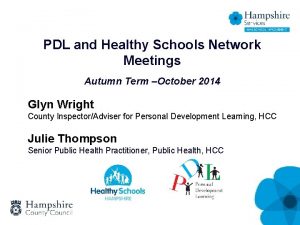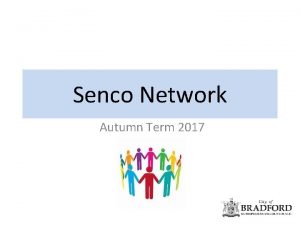2019 2020 Autumn term RE network meeting Agenda





























- Slides: 29

2019 – 2020 Autumn term RE network meeting Agenda Sharing of non-negotiables in RE The big story of the Bible – do we know it? Developing religious literacy through using effective talk in the classroom and teaching religious vocabulary. Top tips to be aware of in an inspection – hearing from practitioners.

Warm up Introduce yourself and where you are from. What do you most enjoy about teaching RE and leading the subject? What does RE currently look like in your school? What are your key priorities this year for RE?

Non-negotiables in RE for class teachers Discuss in pairs What are your non-negotiables? Do all your staff know what the non-negotiables are? Have you explained why they are non-negotiables? How do you hold people to account? Do you review your non-negotiables on a regular basis? If you add a new non-negotiable to the list, do you remove one that is currently already there?

The big story of the Bible Things to consider: What is the big story of the Bible? Do your staff know the big story of the Bible? How often do we visit it with staff? Do our children know the big story of the Bible Do teachers link in their teaching of Christianity to the big story of the Bible? Is there a Bible timeline up in the classroom for children and teachers to refer to during lessons?

The big story of the Bible Activity

Something to do… • Look at the cards • Can you identify a Christian concept for any (or all) of them? Illustrations © Emma Yarlett

Gospel God Fall Incarnation Salvation Kingdom of God Creation People of God

God Creation Fall People of God Incarnation Gospel Salvation Kingdom of God © RE Today 2016

Core purpose of RE Developing children’s religious literacy

One definition To enable children and young people to hold balanced and well-informed conversations about religion and worldviews. Knowledge and understanding are essential. They are the WHAT, this is closely tied to what we assess. In order for conversations to develop, we must consider HOW we teach. Dr Kathryn Wright

Religious vocabulary Current practice Discuss How do you teach religious vocabulary?

The Nativity In groups of 4 Task 1 Generate religious vocabulary associated with the paintings

The Nativity Task 2 What is the significance of each word to the Nativity story? Discuss

The Nativity Task 3 Pairs Purpose: To check for understanding of meaning of the religious vocabulary being explored

The Nativity Task 4 Making connections Which words would you link together? Explain your reasoning

Ideas for teaching religious vocabulary Bingo game – word to definition Grouping words together that connect Pairs – definition to word Provide the definition – give the word Give the word – provide a definition Give the context – provide the word Building religious vocabulary around a given topic/artefact/painting etc Quiz based on vocabulary

Effective use of talk in the classroom Reflect What strategies do you use in your classroom to generate effective talk? How do you know it is effective? Discuss

Creating the right conditions for effective talk to take place Things to consider: Do your children know what is expected of them – what is the purpose of the talk? Do your children feel safe? Do your children know they are valued for who they are and for what they believe? Do your children know what it means to actively listen? Do your children know how to have a healthy discussion/debate? Do your children know how to disagree well? Do your children have the skills to ensure all are included in the discussion? Do your children have enough knowledge to have a discussion? Do your children know the range of questions that can be asked during a discussion? Have you as a teacher scaffolded enough the ‘talk’ process?

Paired talk leading to snowballing Purposes: Encourages expression and justification of opinion Present pupils with a question, dilemma or issue for discussion. Each person shares their thoughts with a partner. Pairs the combine with another pair. They agree a shared opinion and appoint a spokesperson to present it. Group present their case to the class or to another group.

Providing a moral code for living: The ten commandments provide the Jewish people with a moral code for living. If you could only pick three, which ones would you pick and why?

Talking tubs When might you use a talking tub and for what purpose?

Talking tubs: When to use them and for what purpose When: Purpose: Beginning of a unit Ascertain prior knowledge and gaps Middle of a unit Assess knowledge gained, connections being made and misconceptions. Opportunity for children to raise their own questions around the topic. End of a unit Assess knowledge gained. Provide opportunity for children to formulate their own opinion and to critically think. Provide opportunity for children to debate and disagree well. Opportunity to children to raise questions.

Talking tub: Identify a facilitator for the discussion. Key questions to explore: What do we think we know about all or some of the things? How are these things connected? What questions do we have related to some or all of these things? If we had to think of a big theological questions related to these things – what would it be? What would your answer be to the big question you have created?

Yo-yo Purpose: Encouraging paired or small-group discussion; consolidating learning. Put pupils into pairs and identify them as A and B. Identify a topic for discussion. Person A starts off the discussion by making a brief statement, which person B then ‘picks up’ and comments on or extends. Person A then responds to the comment or extension and Person B responds again, and so on, passing the statement back and forth, developing it as they go along.

Statement To be a ‘good’ Muslim you must pray five times a day. Discuss

Pass the story around Purpose: Supporting younger children to talk about and retell stories. Pass the story card around and pause the music. Person holding the card tells the part of the story related to the card. Music begins again and a new card is past around. Continue until the story has been told.

Balloon debate: Purpose: Encouraging pupils to explain, express and justify their views. Imagine you are crossing an ocean in a hot air balloon. In the balloon are a number of ‘companions’ (values or people). Half way across, the balloon begins to losing height rapidly and they are forced to make decisions about which of their companions should be thrown out in order for the balloon to stay in the air or if they crash land, would give them the best chance of survival until they were rescued. Only 4 people/values can stay in the balloon. The class is divided into small groups. One group forms a panel who hears every group’s arguments for who should stay in the balloon and then comes back with the final answer giving reasons for their decision.

Resources and updates www. ldbs. co. uk: SIAMS/RE tab www. retoday. org. uk www. natre. org. uk www. reonline. org. uk/leading www. request. org. uk www. reqm. org Documents: Religious Education in Church of England Schools: A Statement of Entitlement Church of England vision for Education Books: Retoday is the place to look. Religious Education – The teacher’s Guide – edited by Stephen Pett – Retoday services More than 101 great ideas – strategies for spiritual and moral development in the RE classroom – Retoday services Representing religions – edited by Lat Blaylock – Retoday services JOIN: Natre – termly journal and access to free downloadable resources The Natre Strictly RE conference 2020 25 th January 2020

Personal reflection One thing you will take away from the session. One question you wish to ask/explore once back at school.
 Agenda sistemica y agenda institucional
Agenda sistemica y agenda institucional Preseason coaches meeting agenda
Preseason coaches meeting agenda Background color
Background color Football coaches meeting agenda
Football coaches meeting agenda What is a cft
What is a cft Today meeting or today's meeting
Today meeting or today's meeting Graduation meeting agenda
Graduation meeting agenda Iep meeting agenda
Iep meeting agenda Close out meeting agenda
Close out meeting agenda Partnership meeting agenda
Partnership meeting agenda Architecture meeting agenda
Architecture meeting agenda Mentorship kickoff meeting
Mentorship kickoff meeting Meeting agenda welcome and introductions
Meeting agenda welcome and introductions Math department meeting agenda
Math department meeting agenda Kick off meeting agenda for construction project
Kick off meeting agenda for construction project Iep meeting agenda
Iep meeting agenda Image of an agenda
Image of an agenda Manifestation determination meeting agenda
Manifestation determination meeting agenda Troop committee meeting agenda
Troop committee meeting agenda Steering committee meeting agenda sample
Steering committee meeting agenda sample Pre construction meeting agenda example
Pre construction meeting agenda example Architecture meeting agenda
Architecture meeting agenda American legion meeting agenda
American legion meeting agenda Accounting meeting agenda
Accounting meeting agenda Transition meeting agenda
Transition meeting agenda Uat kick off email
Uat kick off email Coach /parent meeting agenda
Coach /parent meeting agenda Preseason coaches meeting agenda
Preseason coaches meeting agenda Basketball coaches meeting agenda
Basketball coaches meeting agenda Agenda welcome and introductions
Agenda welcome and introductions

